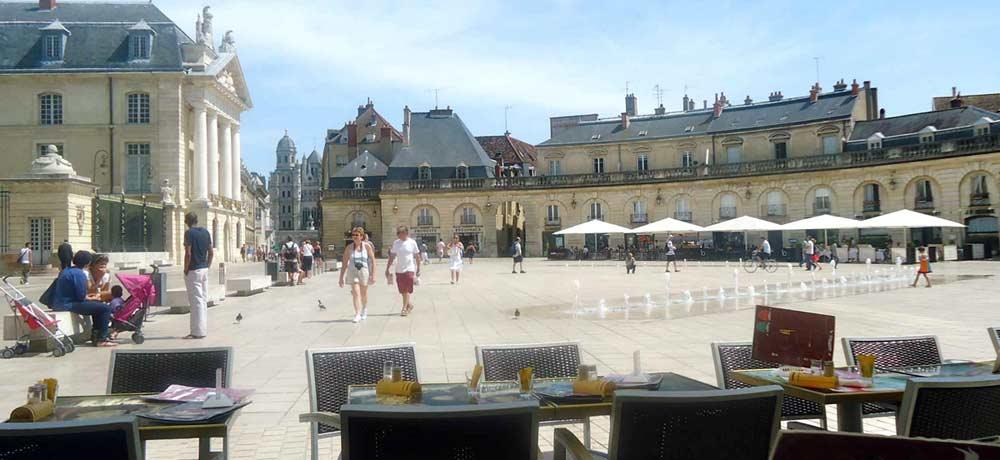
Dijon, the capital city of Burgundy
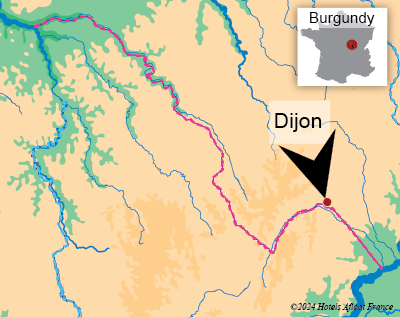
#Dijon, there are good moorings in the Port of Dijon above lock 55 Saone
Canal locks: 52, 53, 54, 55 Saône side
Next upstream Saône side village: Plombieres-les-Dijon
Next downstream Saône side village: Longvic
Dijon is the prefecture of the "Cote d'Or" department, the historical capital of Burgundy, and also the new administrative region Bourgogne-Francé-Comté.
Situated in central-eastern France, the city is on the western slopes of the Saône River and the Rhone valley, the first settlements were prehistoric and later Roman (with the name of Divio).
Dijon lies on the old trade routes between Paris and Lyon, ensuring its commercial success and importance.
The city begins the southward spreading vineyards of Burgundy with the Côte de Nuits and Côte de Beaune.
It is a beautiful historical city with many places to visit such as the Palace of the Dukes from where the powerful Burgundy Dukes ruled their lands.
When you are hungry there are restaurants at every corner, offering dishes not only from Burgundy but also many other world cuisines, there is always a menu to meet your budget and satisfy your taste buds. The cafes with terraces are the ideal place to try the traditional mixture of Cassis and white wine.
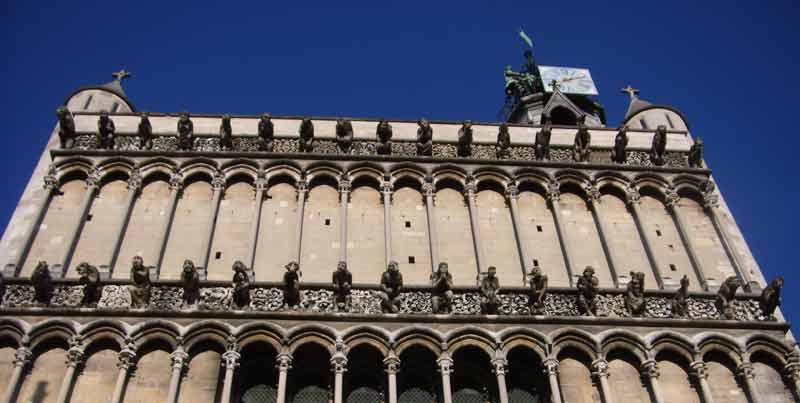
Visit the church of Notre Dame and view the unique facade covered with gargoyles. On the western wall, you’ll find an owl sculpted in the stone wall of the church, place your right hand on the carving and make a wish.
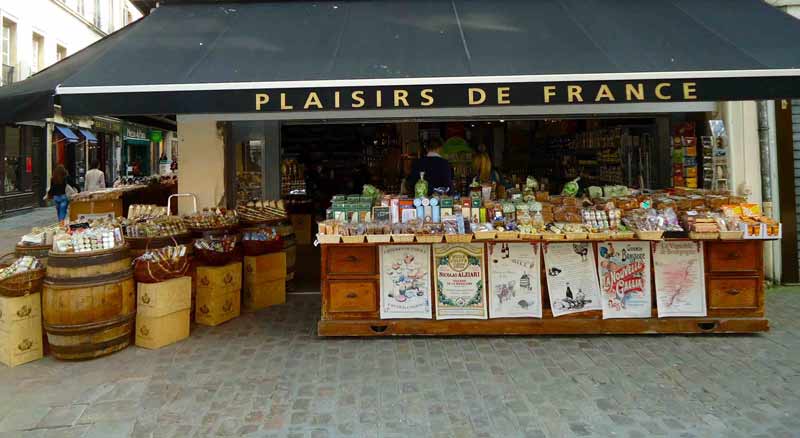
There are also many shops specializing in food products such as bread, cheeses, wines, spices and sauces. The important market which sells food is indoors, but the clothes and other objects are spread out along the streets.
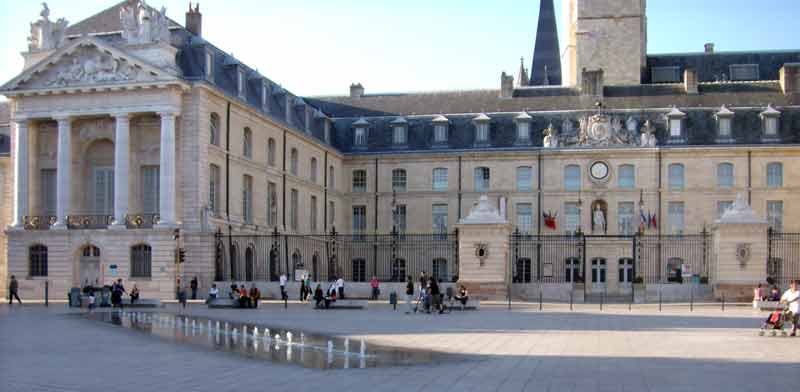
The Palace of Dukes, which was the throne to the power Burgundy Dukes, slowly changed over the centuries from a fortified castle into an elegant palace. Today it is open for visits, is the centre of official parades and ceremonies and is also one of France’s finest art galleries. The antique quarter is set near the Rue Verriere with cobbled streets and half-timbered houses, there are treasures from all ages.
In the city centre, there are some streets which are a joy to explore,
- Rue Berbisey, with a Cosmopolitan mixture of shops and architecture.
- Rue de la Choutte, near the cathedral Notre Dame with elegant antique shops.
- Rue de Liberte, the main shopping high street, with impressive clothes and fashion boutiques.
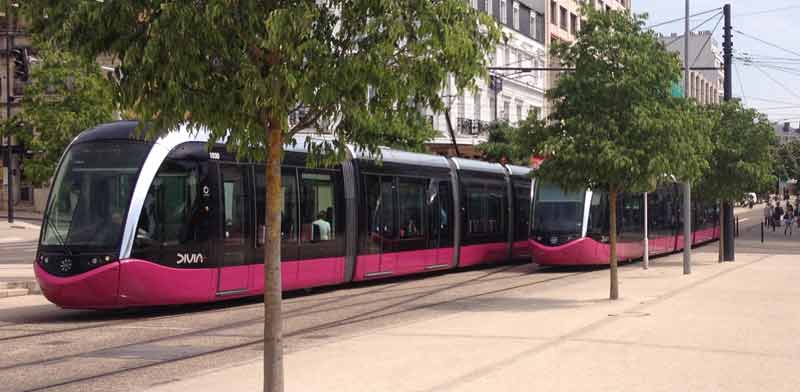
Travel is much easier since the new tram system has been implemented. You can quickly cross the city from the centre to the huge shopping malls without parking or traffic worries. Plenty of dedicated cycling paths and rental bikes can be found on most of the major streets.
What to see in Dijon…
- Ducal Palace
- Art museums
- Musé des Beaux Arts, Place St Chapelle, 03 80 74 52 70
- Art Sacrée, 15 rue Sainte Anne, 03 80 44 12 69
- Vie Bourginonne, 17 rue Sainte Anne, 03 80 44 12 69
- Market place, both indoor and outdoor markets every Tuesday, Friday and Saturday
- Rue de la Liberty for those wonderful French boutiques
- The mustard shop in the Rue de la Liberty which dates back to 1820
- The cathedral and crypt of Saint Bénigne
- Notre Dame Church
- Gastronomic festival, every October
- Florissimo, one of Europe's most important flower festivals, is held every four years
Travelling to Dijon
It's easy! You have some easy choices.
Road
There are Autoroutes from the North, South and East, including the German and Swiss borders. A6 (E15) from Paris and Lyon, A5 (E17) from Reims, A39 and A36 (E60) to Mulhouse
Trains
Dijon has high-speed train access from Paris & Geneva, with speeds of more than 300km. There are TGV lines to Paris, Nice, Zurich, Mulhouse and other places.
